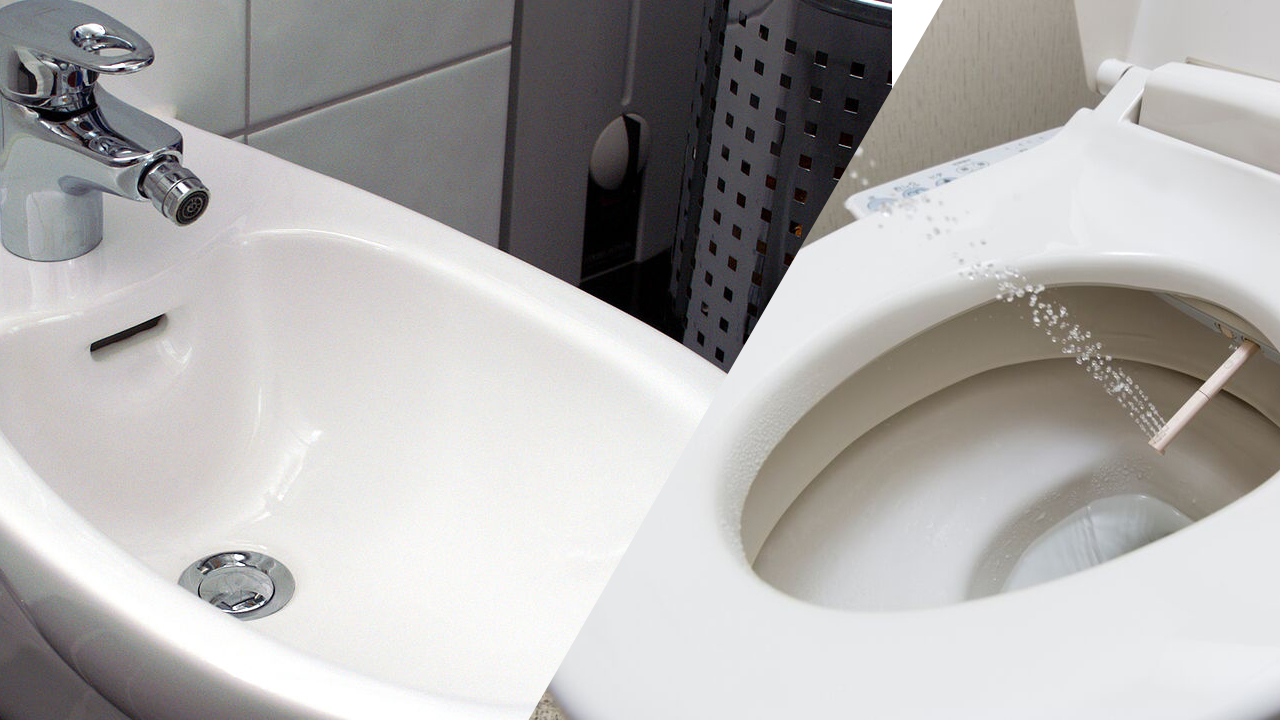Bidets can help be cleaner and save water
In Western Europe, South America, the Middle East, and Asia, instead of using only plain old toilet paper, people use bidets, and sometimes. Yet, there is one location where bidets are not as popular, which led us to wonder why they haven’t taken off in the US.
In French, the word “bidet” literally means “pony” or “small horse” because using one is like sitting on a pony. And in the 1700s, the first known bidet was invented in France. Yet cleansing with water had been practiced for a very long time. Before bidets were invented, little water containers called lotas or tabo were used for cleansing throughout the Middle East, South Asia, and other places.
To clean themselves off, they would scoop the water with their hands. Although first mostly used by the upper class, indoor plumbing during the 19th century gave rise to the bidets we have today. It could be described as a sink adjacent to a toilet that is really low. With the exception of America, it gained popularity from France and expanded over all of Europe and other areas of the world.
As explained here, part of the reason is those bidets got a bad reputation. Many Americans connected them with sex work since they first encountered them in European brothels during World War Two. It was already too late when Arnold Cohen attempted to bring them to America in the 1960s.
In the meantime, Japan advanced bidet technology. Several of the bidets produced by the Japanese company Toto are electric and are part of the toilet bowl, so there is no need to use toilet paper. So one reason bidets are not popular in the United States is that they are not suitable for bathrooms and there’s no additional plumbing setup available for bidet fixtures. Yet habit is the main factor in why it hasn’t taken off. The majority of Americans have always used only toilet paper. Many people might not even be aware that there is another way to stay clean.
Yet, using a bidet truly has a significant impact. That is more environmentally friendly, to start with, especially if you use the Japanese ones because there’s no need to use toilet paper. Therefore, while making one roll of toilet paper needs roughly 37 gallons of water, a bidet only uses one-eighth of a gallon. The average cost of toilet paper in the United States is between $40 and $70 per year, and each day, 34 million rolls are used. You can save up to 75% or more on toilet paper by purchasing a bidet seat or bidet adapter. Also, you’ll be preserving some of the 384 trees that are felled to produce just one person’s lifetime supply of toilet paper.
You might be wondering about wet wipes right about now. Don’t they essentially carry out the same actions? Yes, but wiping frequently might cause skin irritation and rashes. In addition, because you’re really simply smearing with paper, it may still leave a residue. Furthermore, damp wipes can damage sewers and are actually bad for the ocean.
Yet using a bidet to wash yourself can help you stay cleaner, which may help also prevent hemorrhoids, urinary tract infections, and other illnesses. And you shouldn’t be concerned about cleaning your behind with toilet water. Water is from the tap. similar to the water coming from your sink.

